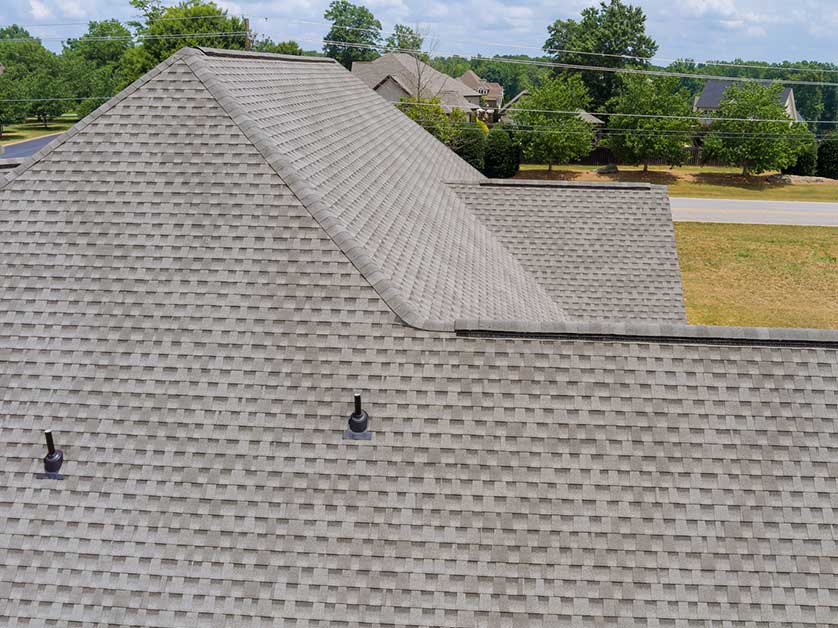Ventilation is a key part of any roof, as it helps prevent damage caused by trapped heat and moisture. In today’s post, your local roofers at iRestore Stl share a quick guide to everything you need to know about roof ventilation.
Why Do Roofs Need Ventilation?
Warm and humid air naturally rises and can accumulate at the highest point of the building — the attic. Trapped heat and moisture can cause problems with key roofing components. Wooden components such as the framing and decking could rot, certain types of insulating materials can form clumps when in contact with moisture, and mold can grow in the attic and spread to other parts of the house. During winter, hot air in the attic can contribute to ice dams. This is where roof ventilation comes in. Continuous airflow helps expel excess heat and humidity in the attic and maintain the roof’s condition.
Types of Roof Ventilation Systems
Roofing ventilation systems can be classified as passive and active. Passive ventilation utilizes the natural rising motion of warm and humid air, without the aid of fans or blowers. It consists of exhaust vents located at the highest points of the roof, the ridges. As the vented air leaves the attic, it creates a pressure difference that pulls cool and fresh air through vents at the lowest parts of the roof, the soffits. Other passive systems may have unpowered moving parts or protrusions to aid airflow.
Active or mechanical ventilation, on the other hand, uses fans to create airflow, which may be necessary when passive ventilation isn’t enough. Exhaust fans are available in various configurations. Some can be equipped with sensors that turn the fans on when the attic reaches certain heat and humidity levels. Solar-powered fans are also available.
Can You Install Roof Ventilation on an Existing Roof?
The short answer is yes — you don’t have to wait to replace your roof if it needs more airflow. The first step is to have your roof inspected by professionals to determine the type of ventilation needed by your roof. Sometimes, ventilation problems are caused by poor roofing design, and can be resolved by installing purpose-built ridge vents and matching soffit vents. In some cases, mechanical ventilation may be needed to supplement — not replace — existing passive ventilation.
Learn more about the benefits of proper roof ventilation by calling iRestore Stl at (618) 593-9203. You can also fill out our contact form to schedule a consultation and roof inspection. We serve Edwardsville, IL, and the surrounding communities.



